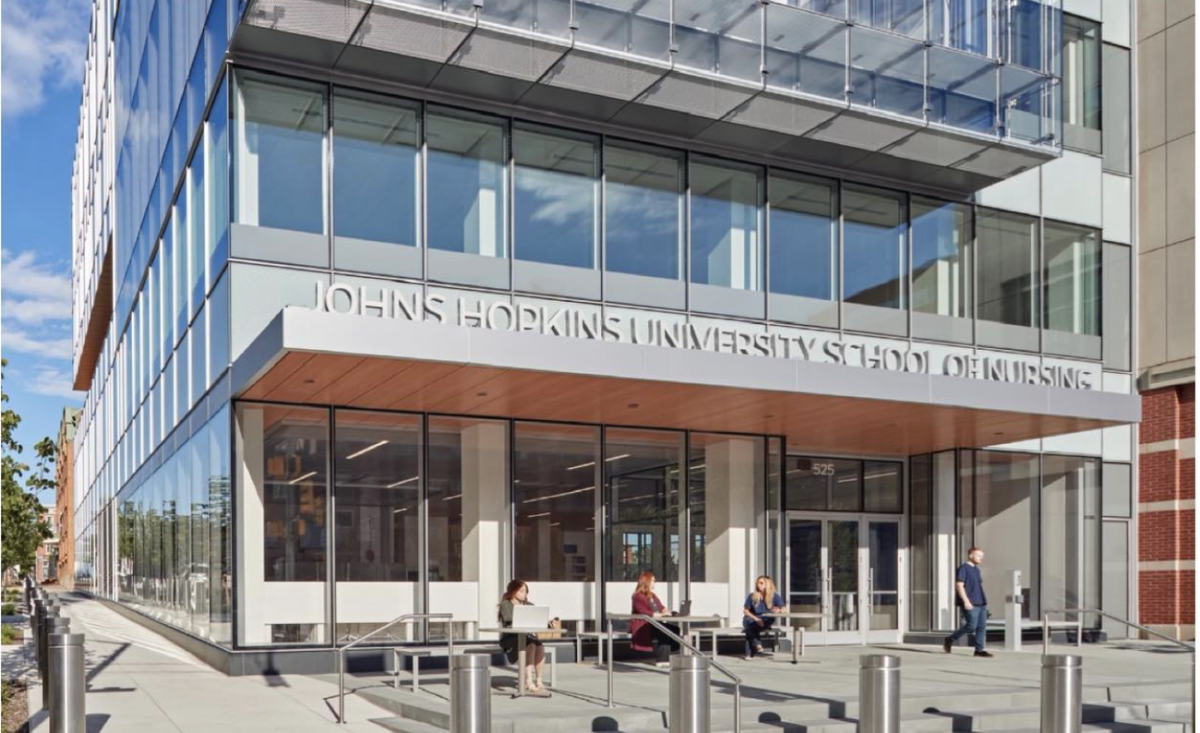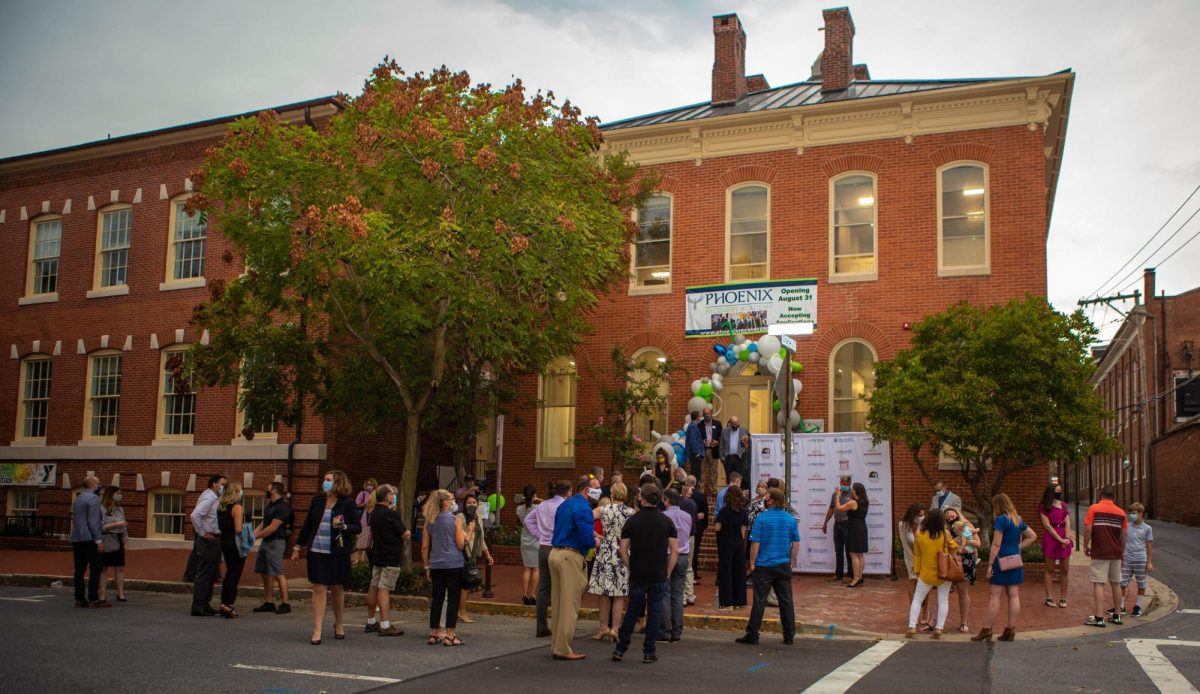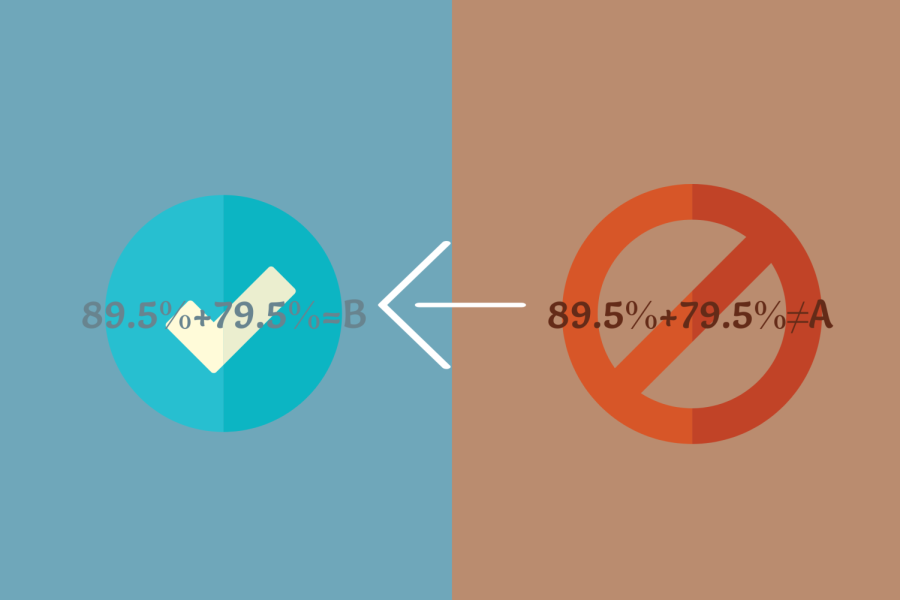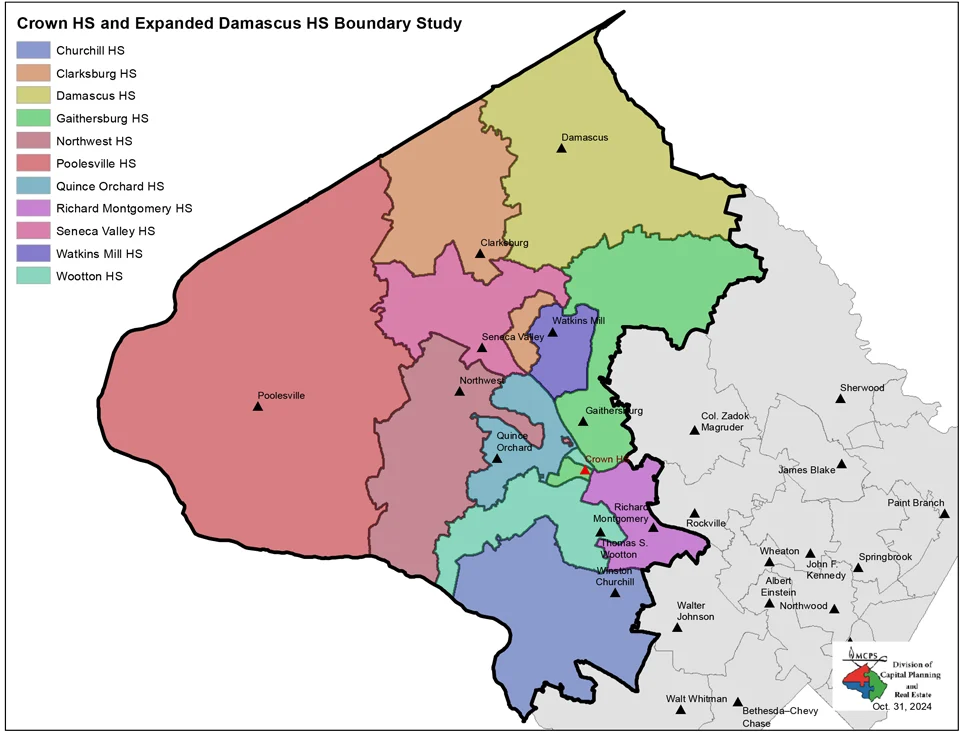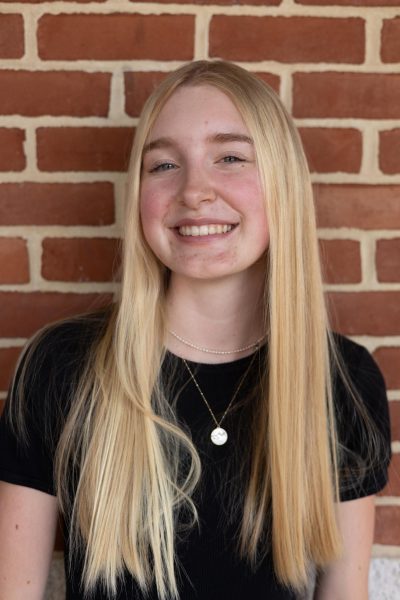In Baltimore neighborhoods, nurses provide in-home care to residents across the area, ensuring no one needing medical assistance is overlooked. Although 94% of Baltimore residents have some form of healthcare, many face disparities simply because of the neighborhoods. In response to growing healthcare discrepancies in areas such as Johnston Square and Sandston-Winchester, Johns Hopkins Nursing School developed a new type of healthcare.
Launched in January 2024, the Johns Hopkins Neighborhood Nursing program employs nurses in various community centers located in largely marginalized neighborhoods. The program teams at Johns Hopkins, the University of Maryland, Morgan State and Coppin State Schools of Nursing collaborated to provide quick and free check-ins to residents of predominantly black communities in Baltimore.
The teams, consisting of community healthcare workers (CHWs) and registered nurses (RNs), established themselves in local schools, libraries, faith-based organizations and community centers to reduce transportation burdens and allow quicker response times.
Johns Hopkins’ foundational investments, including school alumni funding for community health and research, have brought the concept of Neighborhood Nursing to light. In turn, the program’s organizers plan to provide primary healthcare services to more than 4,000 Baltimore residents, regardless of their insurance coverage, only a year after its debut.
The concept of neighborhood nursing, however, isn’t new. Johns Hopkins based its model on the “Equipos Básicos de Atención Integral en Salud” (EBAIS), which was established in Costa Rica. Costa Rica began utilizing community-oriented primary care in 1995. The Costa Rican Social Security Fund (CCSS) divides each region into “Health Areas,” with an average of 10 teams per 30,000 to 100,000 individuals — similar to how the Neighborhood Nursing system assigns groups of CHWs and RNs to different communities in need.
By 2019, there were 1,053 EBAIS teams and 106 government-incentivized support teams throughout Costa Rican healthcare. Evidently, EBAIS’s results are better than those of surrounding countries while spending less than one-tenth of what the U.S. government spends per person on healthcare.
For reference, the U.S. spends nearly 18% of its gross domestic product (GDP) on healthcare, and labor shortages following the COVID-19 pandemic have pushed up prices. Despite these high costs, Americans often die younger than people in other high-income countries. In 2012, life expectancy in the U.S. ranked 32 worldwide, lower than that of most industrial nations.
Additionally, the U.S. is notorious for its imbalances in healthcare, driven by a lack of insurance coverage, high costs and poor outcomes. However, at the heart of these issues lies the complexity of the country’s healthcare system itself. Citizens’ unequal insurance coverage severely fragments their healthcare experiences. Reported problems with coverage are less prevalent in public or federal health insurance programs like Medicare — insurance for those aged 65 or older — than in private insurance.
While the imbalance between public and private options leaves gaps in healthcare access for marginalized populations, both insurance plans frequently fail to cover specific needs, certain medications, unprecedented check-ups, or physician consultations. Compared to factors such as education or food insecurity, former Maryland-based nurse Caroline Rivers believes that healthcare inequity begins with differences in private versus public healthcare coverage.
“Having insurance through one’s employer automatically excludes a whole group because several people don’t carry a job that can cover insurance,” Rivers said. “That’s the start of the inequality right there.”
Another healthcare challenge lies in the systematic nature of medical inequity, where the absence of hospitals and inadequate transportation options in disadvantaged areas hinder access to quality care. Redlining is a historic discriminatory practice first established in Baltimore. The practice initially withheld financial services from neighborhoods that have significant makeups of racial minorities, ensuring that healthcare disparities exist regardless of insurance coverage.
But despite much of the Baltimore community’s high number of people with healthcare insurance, a study found that more than 80% of low-income, poor and homeless families in Baltimore reported remained uninsured.
Further, there is an overlap between redlining’s historic districts and the areas in which Neighborhood Nursing is most employed, with communities like Northwest Branch or Sandtown-Winchester in west Baltimore receiving the most care. These communities are considered hazardous in terms of living conditions, and redlining’s harmful legacy is evident in the reproductive health disorders, increased risk of diabetes and early mortality rates present in these areas.
Without transportation, residents of targeted communities, such as Harlem Park or Broadway East, may never reach the hospitals they have a right to. Neighborhood Nursing senior project manager Lisa Stambolis has seen the program not only deliver healthcare to these communities’ doorsteps but also combat the systemic inequity rooted in care.
“When I’m a white lady going into an apartment complex with about 2000 people, I have to think to myself how to build trust with them quickly, authentically and genuinely,” Stambolis said. “Because when you’re poor and could have your children taken away by child protective services any minute, you naturally distrust the healthcare system.”
Results from a 2020 survey by the American Nurses Association found that almost two-thirds of nurses experienced burnout, and nearly 18% of newly licensed registered nurses quit the profession within the first year. COMPASS — the Center for Community Programs, Innovation and Scholarship at Johns Hopkins — provides another neighborhood-driven approach in Baltimore by community care workers, rather than RNS like in the Neighborhood Nursing program.
Johns Hopkins Associate Professor and COMPASS Chief Nursing Officer Catherine Ling explained that, when it started, Neighborhood Nursing struggled to employ nurses willing to work in far-away, possibly dangerous districts.
Retired community care provider Anne Leber worked in the profession for three years in rural Maryland. Alongside cities like Baltimore, rural communities do not have the same support of community care workers or hospitalists. She explained that the lack of healthcare providers in marginalized areas most often contributes to the consequent professional turnover rates.
“When I was in home health, I was sometimes nervous to go to some of the zip codes that were listed because they were dangerous areas,” Leber said. “We need to recruit more health workers in communities, and their pay needs to be compensated for everything they do there.”
Rivers, who left nursing in 2020 after 22 years, shares a similar experience of understaffing. During the post-COVID era, the hospital she worked at struggled with staffing; Nurses frequently resigned, forcing the clinic to repeatedly invest resources in training new staff rather than medication supply or payments for more experienced doctors and nurses. She noted that healthcare workers, especially RNs and certified nursing assistants, received lower pay and didn’t have a high enough incentive to work.
Despite the common belief that programs similar to Neighborhood Nursing may be difficult to expand beyond Baltimore, Ling maintains that a widespread program initiative is doable. Maryland — especially the Baltimore area — is notorious for its top-tier nursing programs, especially those offered through the Johns Hopkins School of Nursing.
Due to its prestige, students and faculty have better resources and more grant funds when addressing health disparities. However, to achieve similar healthcare models worldwide, Stambolis explained that federal, state and private insurance companies must come together and invest. Stambolis stated that, first and foremost, the United States must mitigate social determinants before focusing on preventative care.
“This is not rocket science,” Stambolis said. “If we invest in supports to allow people to eat healthy food, to exercise, to have opportunities to be in good schools — people will thrive. I have no doubt about that.”



